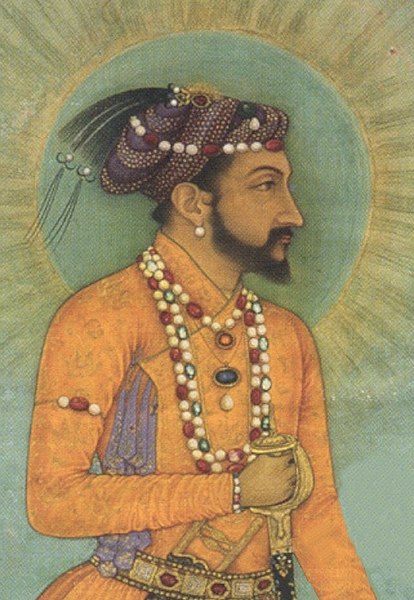The Moti Masjid is a 17th-century mosque inside the Red Fort complex in Delhi, India. It was built by Mughal emperor Aurangzeb, damaged during the Siege of Delhi, and subsequently restored by the British. Named for its white marble, the mosque features ornate floral carvings. It is an important example of Mughal architecture during Aurangzeb's reign.
Exterior view of the Pearl Mosque (Moti Masjid) of the Red Fort
Bronze main door with floral decoration
Interior of the mosque, with ornate carvings on marble surfaces
Samuel Bourne, "The Motee Musjid. Delhi. 1351," 1863–1869, photograph mounted on cardboard sheet, Department of Image Collections, National Gallery of Art Library, Washington, DC.
The Red Fort or Lal Qila is a historic fort in the Old Delhi neighbourhood of Delhi, India, that historically served as the main residence of the Mughal emperors. Emperor Shah Jahan commissioned construction of the Red Fort on 12 May 1639, when he decided to shift his capital from Agra to Delhi. Originally red and white, its design is credited to architect Ustad Ahmad Lahori, who also constructed the Taj Mahal. The fort represents the peak in the Mughal architecture under Shah Jahan and combines Persian palace architecture with Indian traditions.
A view of the Red Fort's Lahori Gate
Mughal Emperor Shah Jahan, c. 1630
The walls of Red Fort (in the background) as seen from the top of Jama Masjid's tower
The Rang Mahal inside Red Fort in the mid-nineteenth century.








